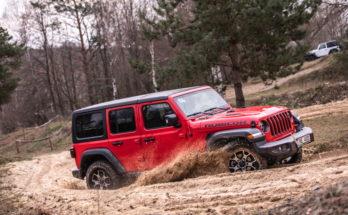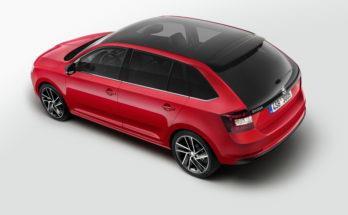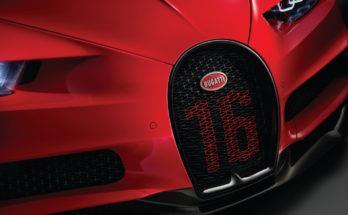Renault Twingo celebrated its twentieth birthday last year, but the gift did not arrive until this year. The third generation of the city hatchback returns the Twingo name to its roots , and what's more – it also offers added value!
After the not-so-successful second Twingo , which tried to look more mature, and actually looked like a non-original bodyworked Clio, the trio returns to a playful and unglamorous design . In addition to the front circular headlights and, for the first time, five doors , the body is also characterized by a high degree of individualization – the basic range of body paints is complemented by a wide range of decals, mirror covers and wheel designs.
The interior is available in four shades – red, blue, white and black, which are complemented by three seat upholstery colors (red, blue and grey) with integrated backrests. The main element of the interior of the new Twingo is the tachometer, which, in addition to the classic analog dial, also offers a central display. On the center console, depending on the version, we can find a classic radio or, in higher versions , the R-Link multimedia system . It will be available in a basic version with Bluetooth control or an advanced Evolution version that offers more advanced applications.
In numbers, the new Twingo is 100 mm shorter and offers a 130 mm longer wheelbase than its predecessor. Overall, it measures 3.59 m in length , 1.64 m in width and 1.55 m in height. The wheelbase is 2.49 m. The trunk has a basic volume of 219 liters , while the rear seats fold down in a 50:50 ratio. Renault also boasts that with the seats folded down (including the passenger seat), the Twingo can carry an object up to 2.20 m long. For those interested in agility, the turning radius is only 8.65 m .
Technically, the new Twingo is based on the upcoming Smart ForTwo , which means an "everything in the back" concept . Above the rear axle you will find the drive unit that drives the rear wheels. There are currently two petrol engines to choose from – an atmospheric three-cylinder SCe with a capacity of 70 hp and a torque of 91 Nm and a turbocharged two-cylinder 0.9 TCe with a capacity of 90 hp and a torque of 135 Nm, which is also known from other models of the brand. The weaker unit will be offered with or without the stop/start system (depending on the market), the more powerful engine will have this feature as standard.
Source: Renault



